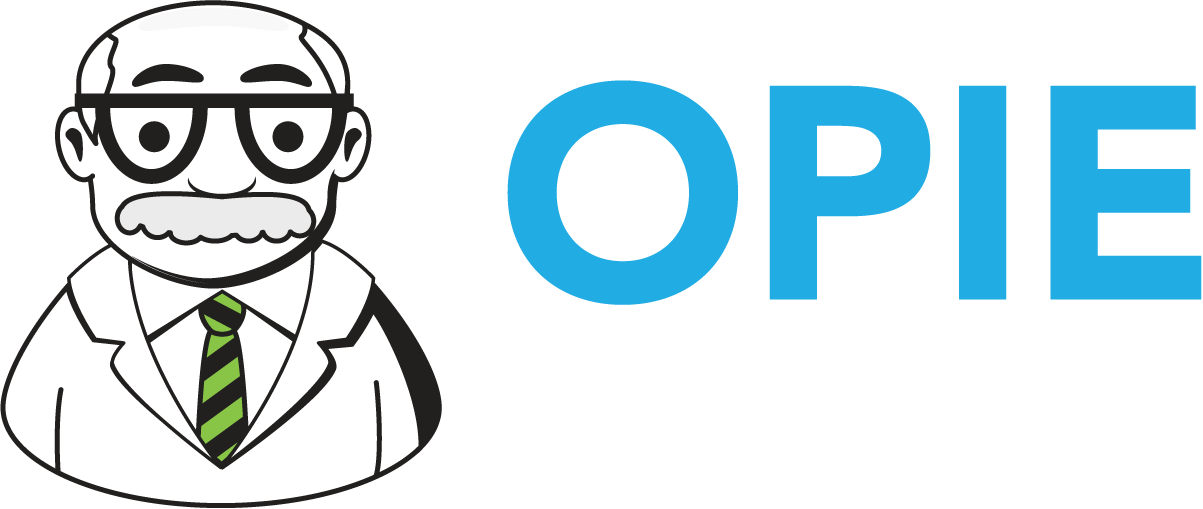Hire Slowly
Archive Select- Originally Published October 7, 2021
There is general consensus that filling a staff position is more expensive than the associated salary; the largest part of that expense is what we call “soft costs.” They are not literal costs in the sense that you are writing a check for them, but rather the costs that come from lost productivity and operational efficiency. And there is more to this than the direct positional loss…there is an increased workload on the remaining staff, time used to create and conduct the search for a replacement, and decreased effectiveness as the new hire learns the position and responsibilities. And if the new hire fails, your soft costs will spiral!
Every penny you invest in the hiring process is worth it — if you get it right!
This means you need to be intentional. Being intentional means you need to have a strategy. So, how do you create a strategy for hiring? The patient analogy is back! In order to care for your patient, you need to do a few things. One of them is to find out what their goals are (and help make sure they are realistic). Once you know the goals you need to make sure they are clearly defined, otherwise you will never know if you achieve them. Identify the deficits and hindrances to achieving that goal, then devise a plan to address the challenges and get the patient on the right course.
Filling a staff position should be viewed the same way. There is a new opportunity to move closer to your corporate goals…if they are defined. Now it is time to “assess the patient” and determine what deficits (knowledge, skills, aptitudes, and attitudes) are missing. Where is help needed? Are there tweaks you can make in the existing structure to provide internal growth opportunities and adjust to shifting demands? Once you have accommodated the existing conditions, you should have the game plan for moving forward. Are your needs going to be best met with a full-time employee? A contractor? A specialist? Clearly define the attributes needed to fill the gap you identified earlier. From this, you craft your job description. A clear, objective job description will affect the quality of the candidates you attract and how efficiently you can find the right person.
One caveat here is that you must do the analysis with a clear understanding of your organizational culture & values. This is probably the most important aspect of the hiring process. Improperly communicating your core values and culture to applicants, candidates, and existing employees is setting the company up for mediocrity at best, failure at worst. If your new hire is a good match, it will minimize work drama, save money through reduced hiring and training, and increase retention.
Once you have defined the job, here are some ideas for getting the right person:
Your most successful hires will come from referrals. It’s the best way to find someone who fits your culture, improves your team, and is passionate about your company’s mission and vision.
Confidentially screen applications with HR staff and the supervisor. Screen all applications and resumes for qualifications (including legal and compliance), values and mission fit, job experience, and achievements, and references before going to the interview stage.
Start the interview process with a quick “get-to-know-you” meeting. Keep this meeting short and stick to your agenda, no matter how good you feel about the person when they walk in the room. Your objective here is to listen and ask a few questions. It’s a great way to weed out the people who don’t qualify or fit and identify the strong prospects.
Will they be a good fit? This is the simplest step of all. Since you will probably be working closely with this person, just ask yourself bluntly, is there a red flag that has shown they aren’t the right candidate? If so, don’t waste anyone’s time. Keep looking!
Do they have a passion for the job? When you talk about the position and responsibilities, do they light up? If they are just looking for a paycheck, they will never be satisfied with any position.
While it may seem like an impossible task to find the person that “checks all the boxes,” it is critical that you not let time or other pressures force you into a decision you will regret later.

